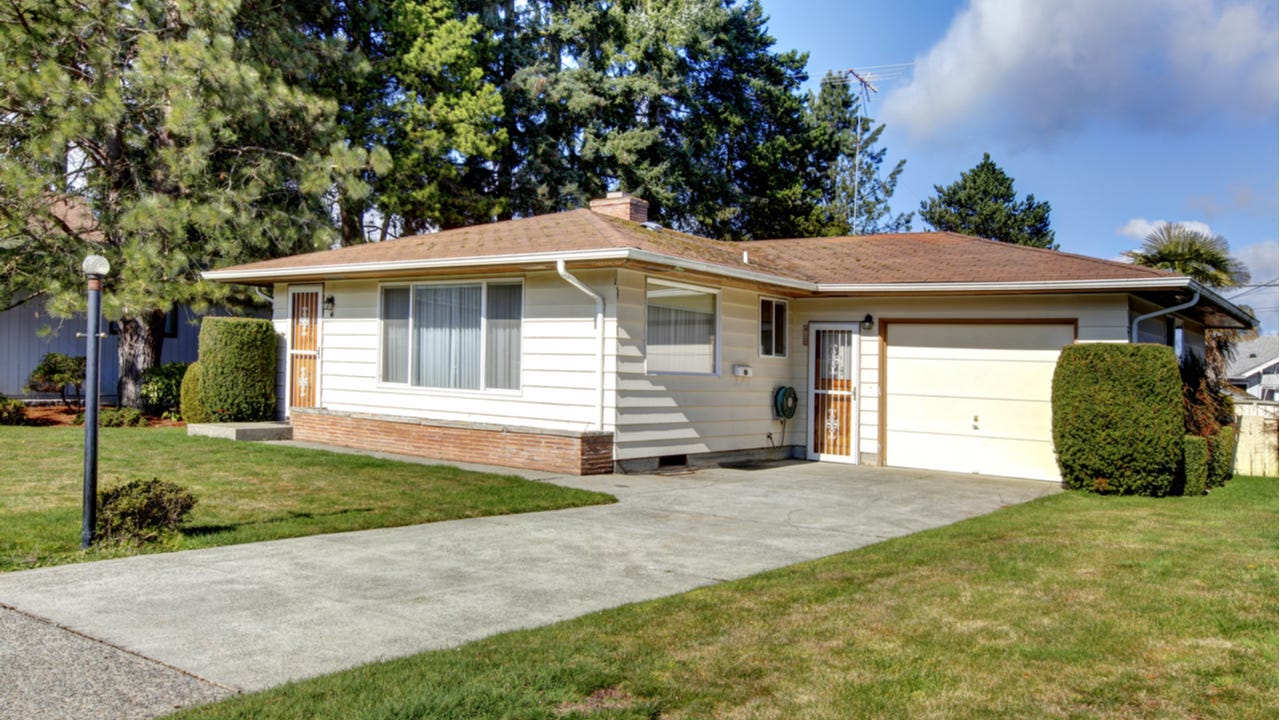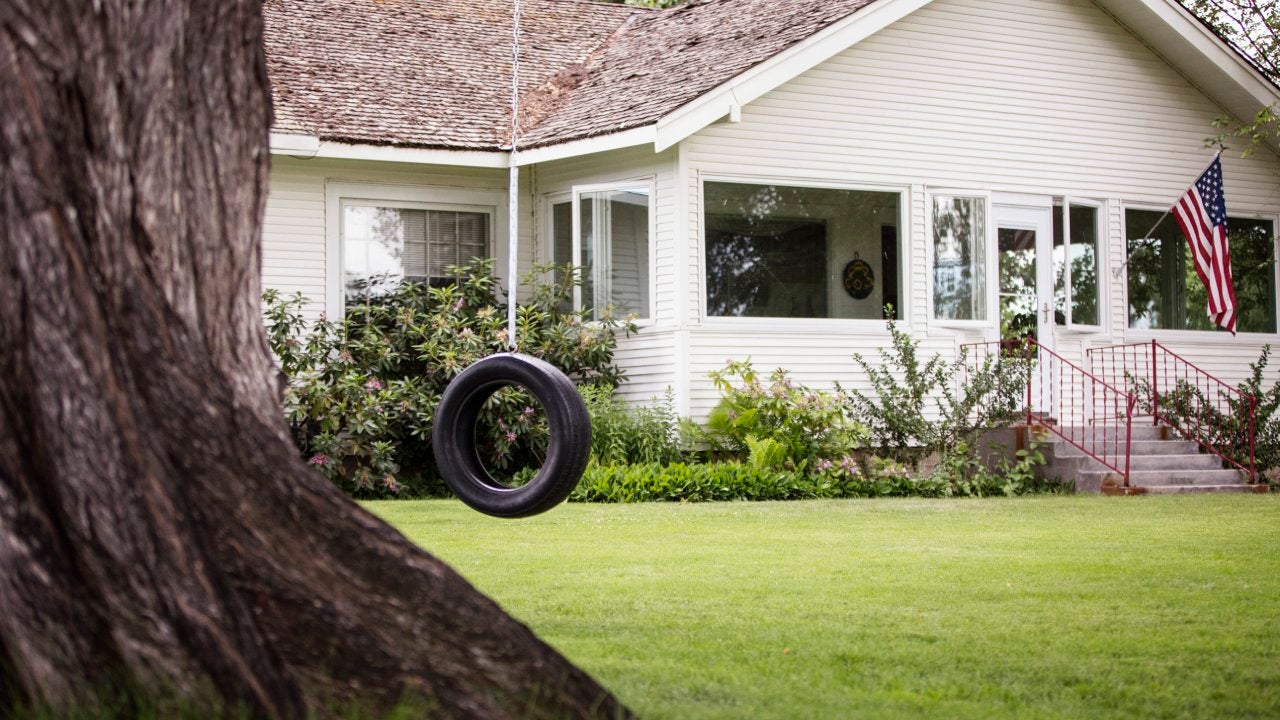Balloon mortgage: What is it and when is the balloon payment due?

Key takeaways
- A balloon mortgage is a mortgage with no or low monthly payments, then a larger lump-sum, or balloon, payment at the end of the loan’s term.
- Most mortgage lenders don’t offer balloon mortgages. They’re best for borrowers with unusual credit and financial circumstances.
- Besides a balloon mortgage, there are other ways to get a lower monthly mortgage payment, including an adjustable-rate mortgage (ARM) or refinancing.
What is a balloon mortgage?
A balloon mortgage is a type of non-qualified (non-QM) loan that allows you to borrow what you need to buy a home now, then pay the majority of it back at the end of the loan’s term in one “balloon” payment.
Because balloon mortgages are non-QM loans, they can have higher interest rates than the typical mortgage and other risky features.
This kind of loan isn’t widely available, and it has some drawbacks for the average borrower. The biggest risk: If you can’t afford the balloon payment — often a very large sum — you’ll lose the home.
Non-qualified mortgages (non-QM) are home loans that don’t adhere to the Consumer Financial Protection Bureau’s standards for a qualified mortgage (QM). They can be structured in any number of ways, such as with interest-only payments, and with more flexible application requirements, such as accepting bank statements instead of paystubs as proof of income.
How does a balloon mortgage work?
Balloon mortgages require low or no monthly payments for a set term: typically five, seven or 10 years. When the term ends, you’ll make a balloon payment, which encompasses everything you still owe, whether it’s principal (the amount you borrowed), interest or both.
The initial payment setup on a balloon mortgage differs depending on the lender and loan. Here are some ways it could be structured:
- Principal and interest payments: Although the balloon mortgage has a shorter term, your initial monthly payments will be calculated based on a typical 15-year or 30-year amortization schedule and include principal and interest. When the balloon mortgage term ends, you’ll pay the remaining balance (principal and interest) in one lump sum.
- Interest-only payments: In this scenario, your initial monthly payments cover only interest. When the balloon mortgage term ends, you’ll pay the full principal and any remaining interest in one lump sum.
- No payments: Some balloon mortgage arrangements don’t require any initial monthly payments. At the end of the term, you’ll pay the full principal and interest in one lump sum.
Balloon mortgage example
Let’s say you take out a five-year balloon mortgage in the amount of $400,000 at 6.75 percent. The initial monthly payments cover principal and interest. For four years and 11 months, you’ll pay $2,594 a month. When the five-year term ends, you’ll make a balloon payment of $378,097 to cover the remaining principal and interest. All told, you’ll have paid about $531,000.
Estimate your own payments with our balloon mortgage calculator.
How to pay off a balloon mortgage
There are three primary ways to deal with a balloon payment when it comes due:
- Pay it: If you can afford it, the simplest option is to make the balloon payment.
- Refinance: Some borrowers opt to refinance the balloon mortgage, pay it off and start over with a new loan. It’s not always easy to qualify for a refinance, however, especially in this situation. You’ll need enough equity in the home, which might not be possible if you were making low or no initial monthly payments.
- Sell your home: Some borrowers sell the home and apply the proceeds from the sale to the balloon payment. This option assumes you’ll sell at or above the price you paid for the home. If you live in the property, it also means you’ll have to find a new place to live — and a new way to pay for it.
Pros and cons of a balloon mortgage
Pros
- Low or no monthly payments: Depending on how the loan is structured, you might pay only interest or nothing at all.
- No prepayment penalty: Balloon mortgages have relatively short terms, but if you want to pay the loan off even sooner, you could do it without incurring a prepayment penalty fee.
Cons
- Balloon payment: The balloon payment itself is a significant risk. Depending on how much you borrowed, the payment could cost hundreds of thousands of dollars. Some borrowers expect to refinance or sell the home before the payment comes due, but there’s no guarantee of either of those options.
- Not common: Most mortgage lenders don’t offer balloon mortgages.
- Higher interest rate: Balloon mortgages aren’t subject to qualified mortgage standards, so they can charge higher interest rates.
Who are balloon mortgages best for?
Balloon mortgages aren’t a common loan type. They’re most often used by borrowers in unique credit or financial situations, such as real estate investors or flippers who plan to unload the property soon after purchasing it. Sometimes, sellers offer this type of loan as owner financing if the buyer can’t qualify for a regular mortgage.







